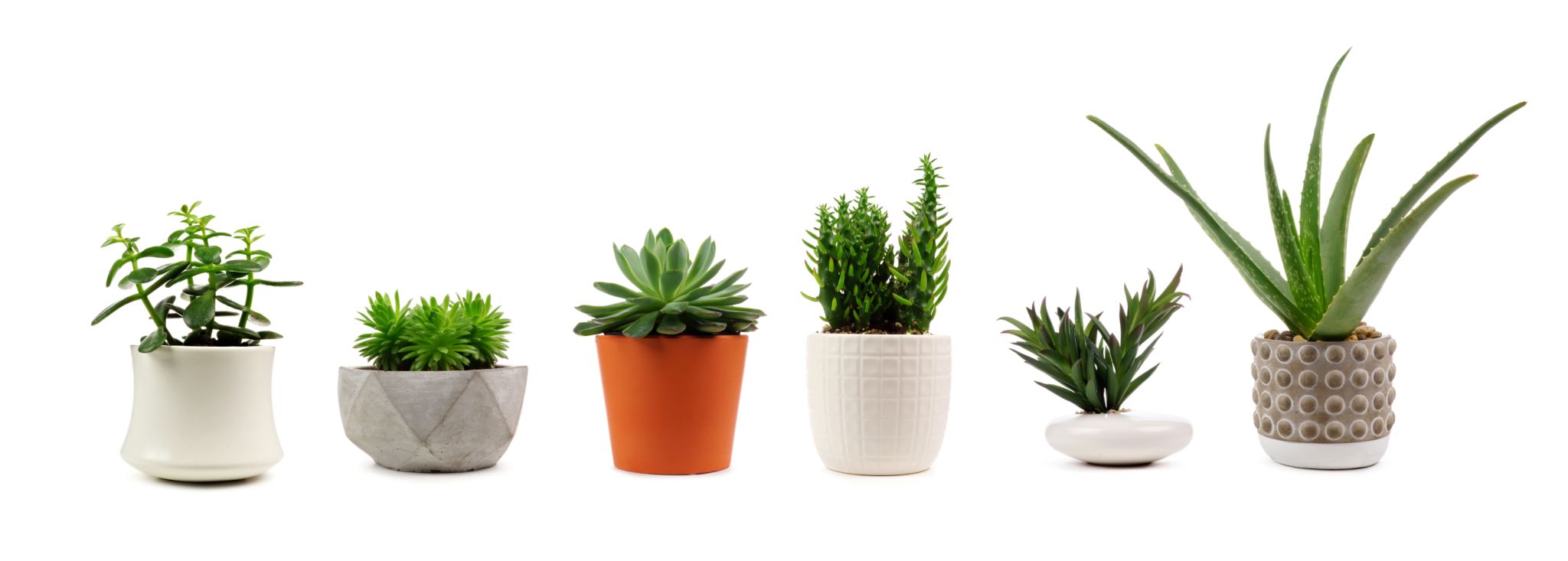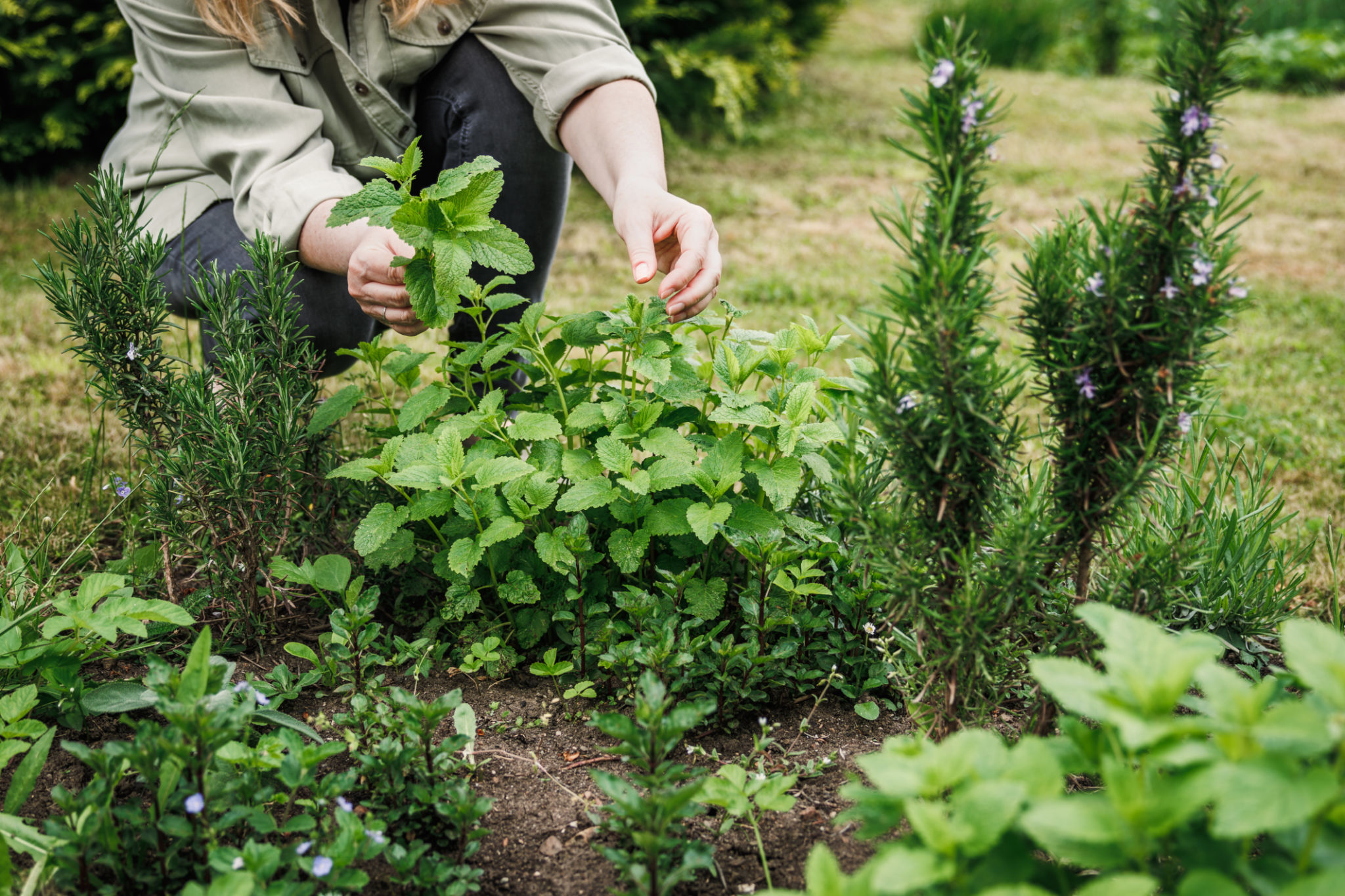DIY Edible Garden Projects: Simple Ideas for Homeowners
Introduction to DIY Edible Gardens
Creating an edible garden at home is a rewarding project that offers both beauty and bounty. Whether you have a large backyard or a small balcony, there are numerous ways to cultivate your own fresh produce. In this blog, we will explore some simple DIY edible garden projects that homeowners can easily undertake.
Starting with Container Gardening
Container gardening is an excellent choice for those with limited space. You can grow a variety of herbs and vegetables in pots or containers. Begin by selecting containers with good drainage and use high-quality potting soil. Consider growing herbs like basil, mint, and parsley, which thrive in small spaces.
Tomatoes, peppers, and lettuce are also suitable for container gardening. Ensure the containers are placed in a sunny spot and water them regularly. This method allows you to move plants as needed to catch the sun's rays or protect them from harsh weather.

Building Raised Garden Beds
Raised garden beds are perfect for improving soil quality and drainage. They also make gardening accessible by reducing the need to bend over. You can build raised beds using wood, bricks, or recycled materials. Fill them with a mixture of compost and soil to create a nutrient-rich environment for your plants.
Popular choices for raised beds include root vegetables like carrots and radishes, as well as leafy greens such as spinach and kale. These beds can be customized in size and shape to fit your available space.
Vertical Gardening for Small Spaces
Vertical gardening maximizes space by growing plants upward rather than outward. This method is ideal for small patios or balconies. You can use wall planters, trellises, or hanging pots to create a vertical garden. Choose climbing plants like peas, beans, or cucumbers, which naturally grow upwards.

Consider incorporating edible flowers such as nasturtiums or marigolds to add color and attract beneficial insects. Vertical gardens not only save space but also create an eye-catching display.
Creating a Herb Spiral
A herb spiral is a visually appealing and efficient way to grow a variety of herbs in a small area. This permaculture concept involves building a spiral-shaped mound using stones or bricks. The design allows for different microclimates, providing ideal conditions for various herbs.
Plant sun-loving herbs like rosemary and thyme at the top, where they receive the most sunlight. Moisture-loving herbs such as mint can be placed at the base. This structure conserves water by directing it downward, benefiting all plants in the spiral.

Incorporating Edible Landscaping
Edible landscaping combines aesthetics with functionality by integrating edible plants into your existing landscape. Replace ornamental plants with fruiting shrubs like blueberries or currants. Use edible ground covers such as strawberries or creeping thyme.
This approach not only enhances the beauty of your garden but also provides fresh produce throughout the growing season. It encourages biodiversity and supports local wildlife, making your garden an eco-friendly haven.
Conclusion: Enjoying the Fruits of Your Labor
DIY edible garden projects offer a multitude of benefits, from providing fresh produce to enhancing your outdoor space's beauty. By starting with simple projects like container gardening or raised beds, you can gradually expand your garden and experiment with new techniques.
Remember to start small, choose plants suited to your climate, and enjoy the process of nurturing your garden. With a little effort and creativity, you can transform your home into a lush and productive oasis.